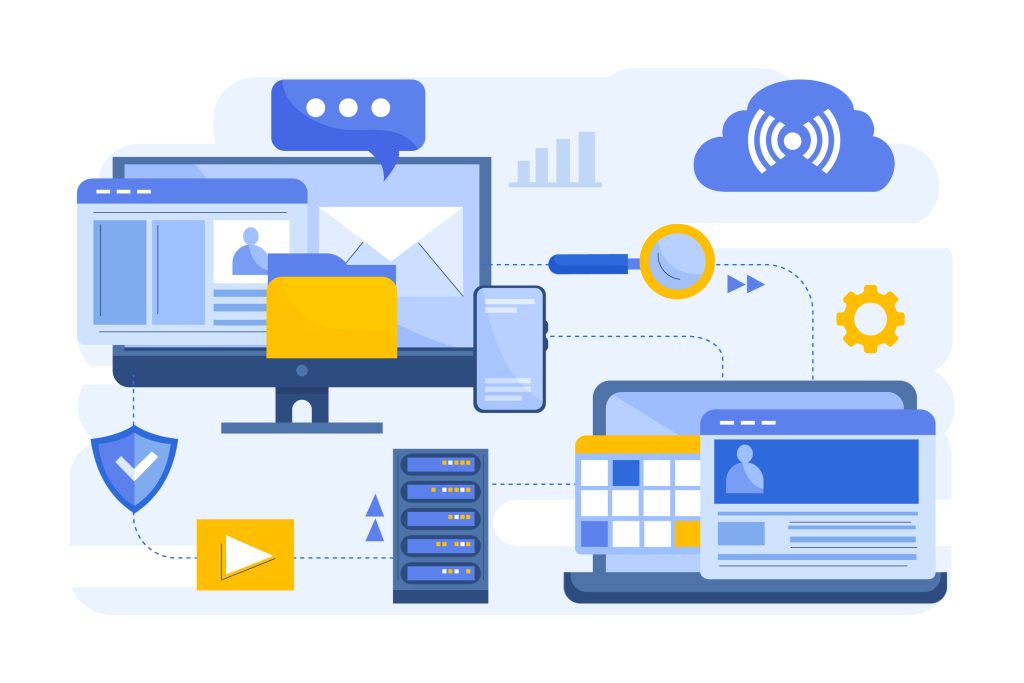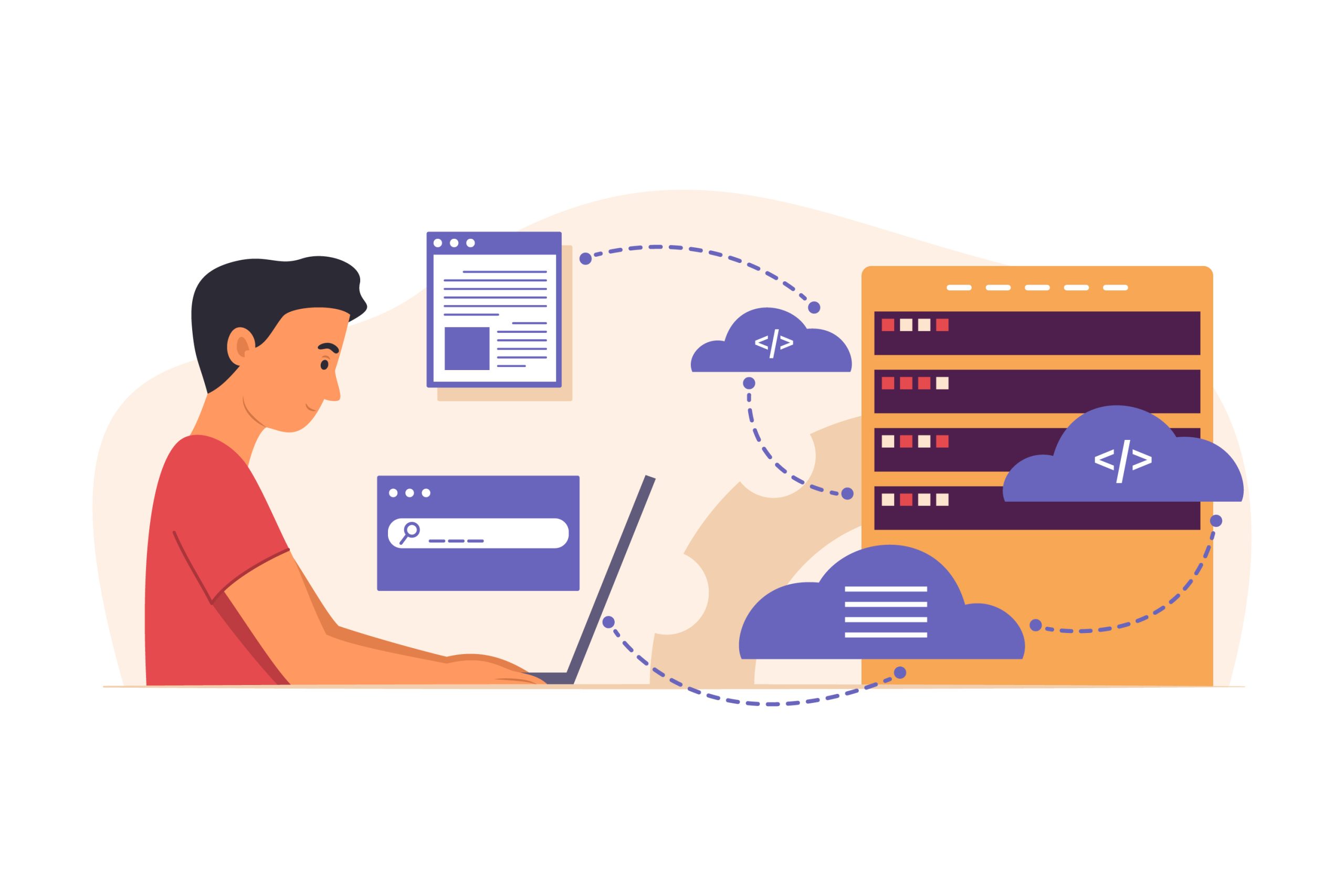The digital age has ushered in an unprecedented flood of data, altering how we perceive, interpret, and act upon information. Streaming data, a real-time flow of continuously generated information, is at the epicenter of this revolution, transforming industries ranging from finance to healthcare. Its rapid evolution is catalyzed by APIs (Application Programming Interfaces), which dictate how software components interact. Among these, gRPC and REST have emerged as prominent players, shaping how data is managed, consumed, and integrated into modern applications.
However, as the stakes rise in the streaming data landscape, understanding these technologies becomes vital. Why? Because the efficiency, flexibility, and speed of data flow can be the deciding factor between seizing an opportunity in a split second or missing it entirely. Whether you’re a seasoned developer, a decision-maker in IT, or merely a curious enthusiast, join us in exploring the intriguing realm of streaming data and the pivotal role APIs play in it.
What Does Mean By Streaming Data?

Streaming data, in essence, is the continuous transmission of data, allowing systems and platforms to process and analyze information in real-time or near-real-time. This is in contrast to batch processing, where data is collected, stored, and then processed in chunks. In the realm of real-world applications, streaming data can be witnessed everywhere. For instance, financial institutions leverage streaming data to monitor stock prices and transactions as they happen. Similarly, in the IoT (Internet of Things) sphere, devices send out data continuously, helping in monitoring, diagnostics, and instant decision-making.
Importance of APIs in Data Streaming
At the heart of these dynamic data streams are APIs, serving as the bridges that connect different software applications and enable them to communicate seamlessly. APIs allow for the integration of different systems, ensuring that data can be funneled from one end to another without friction. They’re particularly crucial in the realm of streaming data, as they provide the scalability needed to handle vast influxes of continuous data. Moreover, the adaptability offered by APIs ensures that businesses can keep pace with the evolving technological landscape, integrating newer platforms or making necessary changes to existing systems with minimal disruption.
REST in the World of Streaming
REST (Representational State Transfer) is no stranger in the API world. Designed as an architectural style for distributed hypermedia systems, RESTful APIs have become the standard for many web services. They offer broad compatibility and are known for their statelessness, meaning every request from a client to a server must contain all the information needed to understand and process the request.
However, when it comes to streaming data, REST has its limitations. While it’s suitable for occasional bursts of data, the statelessness can introduce higher latencies, especially in scenarios where continuous, real-time data exchange is imperative. That said, there are circumstances where REST is apt for streaming, particularly when the broad compatibility across systems outweighs the need for lightning-fast data exchanges.
gRPC: A Game Changer for Data Streaming
Enter gRPC, an open-source remote procedure call system developed by Google. gRPC has emerged as a formidable player in the realm of streaming data, thanks to its use of Protocol Buffers – a highly efficient serialization protocol. Unlike REST, gRPC is specifically tailored for low latency, high-efficiency communication.
Where REST communicates using JSON, gRPC utilizes Protocol Buffers which not only reduces payload size but also processes requests faster. This inherently makes gRPC a preferred choice for scenarios demanding rapid and continuous data exchanges. Additionally, gRPC supports bidirectional streaming. This means both the client and server can send a sequence of messages to the other. Such a feature makes it an ideal fit for applications requiring constant updates, like chat applications, real-time gaming, and, of course, handling vast volumes of streaming data.
Comparative Analysis: gRPC vs. REST for Streaming Data

Both gRPC and REST have their strengths and are suited for specific scenarios. Here’s a comparative breakdown:
Performance
gRPC, with its Protocol Buffers, offers a clear advantage in terms of speed and efficiency over REST. The smaller payload size and rapid serialization mean faster data transmissions, vital for real-time streaming.
Compatibility
RESTful APIs shine in terms of broad compatibility. Being a standard for many web services, REST can be implemented across various platforms and languages with ease.
Flexibility
gRPC’s bidirectional streaming offers flexibility that REST struggles to match, especially in scenarios demanding real-time exchanges on both ends.
Adoption and Learning Curve
REST, being around for longer and widely adopted, has a more gentle learning curve. gRPC, though superior in some technical aspects, requires a bit of a ramp-up, especially for teams accustomed to RESTful services.
Streaming in the Modern Era: The Bigger Picture
Streaming data, bolstered by powerful APIs, is pushing boundaries in various industries. In healthcare, real-time monitoring of patient vitals can provide doctors with immediate alerts on anomalies. In finance, stock traders rely on instantaneous data streams to make split-second buying or selling decisions.
What’s important to grasp is the sheer versatility and potential of streaming data. gRPC and REST are just tools in a vast arsenal, each playing its part in shaping the future of real-time data communication. The choice between them is less about superiority and more about aligning with specific use cases and requirements.
Conclusion
The proliferation of streaming data is a testament to our ever-evolving digital landscape. As businesses and technologies grow, so does the demand for efficient, real-time data exchanges. APIs like REST and gRPC are at the forefront of this revolution, each offering unique advantages to address different challenges. While REST offers broad compatibility and is a staple in web services, gRPC is breaking ground with its focus on speed and efficiency. Understanding the nuances of these technologies and choosing appropriately can be the difference between merely staying afloat and truly harnessing the power of streaming data in this modern era.
































































